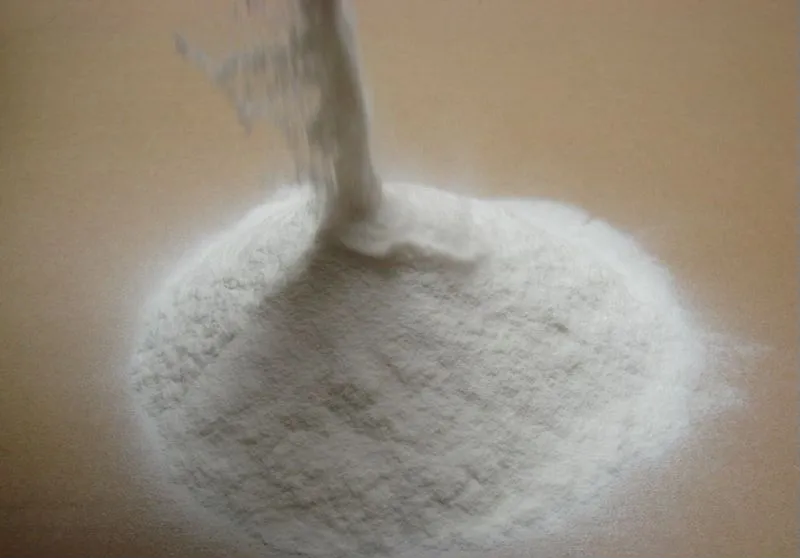
Cellulose and Its Derivatives: Applications, Benefits, and Industry Trends
Cellulose is one of the most abundant natural polymers on Earth, playing a pivotal role in food, pharmaceuticals, textiles, and packaging industries. From sigmacell cellulose type 20 in laboratory research to cellulose-based packaging for food, the versatility of cellulose derivatives continues to grow. This article explores various forms of cellulose such as carboxymethyl cellulose sodium, microfibrillated cellulose, and hydroxypropyl methyl cellulose in food, highlighting their functions, market relevance, and safety considerations.

1. Understanding Cellulose and Its Derivatives
Cellulose is extracted from plant cell walls, offering a biodegradable and renewable base for numerous applications. Scientists have mastered extracting cellulose from plants to produce derivatives that improve texture, stability, and functionality in products.
Sigmacell cellulose type 20 is a powdered form of cellulose widely used in pharmaceutical and food testing due to its consistent particle size and inert properties. It serves as an excellent filler and thickener in formulations.
Carboxymethyl cellulose (CMC) and its sodium salt form, sodium carboxymethyl cellulose, are among the most common cellulose derivatives. Carboxymethyl cellulose sodium acts as a stabilizer, thickener, and water-retention agent in foods, cosmetics, and industrial applications.
Other derivatives like 2 hydroxyethyl cellulose and polyanionic cellulose are utilized in paints, coatings, and oil drilling fluids for their viscosity-enhancing and film-forming properties. Methyl hydroxyethyl cellulose manufacturers are developing advanced grades for construction and pharmaceutical use.
For sustainable alternatives, cellulose-based products such as cellulose-based packaging and cellulose packaging for food are replacing pla()stic in many industries. They are biodegradable and align with global efforts to reduce plastic waste.

2. Food, Pharma, and Industrial Uses of Cellulose
In the food industry, hydroxypropyl methyl cellulose in food is a key additive that acts as an emulsifier, stabilizer, and fat replacer in low-calorie products. However, there are discussions about hydroxypropyl methylcellulose dangers, as excessive intake could cause gastrointestinal discomfort, though it is generally recognized as safe (GRAS) by regulatory authorities.
Pharmaceutical companies use cellulose for tablet binding, coating, and controlled drug release. Carboxy methyl cellulose sodium is commonly found in oral suspensions and eye drops due to its viscosity-enhancing properties.
Industrial applications also benefit from cellulose derivatives. Microfibrillated cellulose provides excellent strength and barrier properties for packaging, while cellulose fiber in Hindi markets (सेल्यूलोज़ फाइबर) is gaining attention for eco-friendly textiles.
Pricing factors such as the cellulose acetate price per kg vary based on purity, grade, and application. Manufacturers are increasingly investing in R&D to develop cellulose materials that meet environmental and performance standards.
3. The Purpose and Future of Cellulose-Based Solutions
So, what is the purpose of cellulose in so many industries? Its core function is to provide structure, act as a natural thickener or emulsifier, and serve as an environmentally friendly base for various materials.
✅ In Food: Adds texture and stability while reducing fat content.
✅ In Pharmaceuticals: Ensures controlled release of active ingredients.
✅ In Packaging: Cellulose-based packaging is biodegradable and reduces plastic dependency.
✅ In Construction: Derivatives like methyl hydroxyethyl cellulose improve water retention in cement and plasters.
As consumers demand greener alternatives, cellulose-based products are set to dominate markets like food packaging, textiles, and medical applications.
The Growing Impact of Cellulose in Modern Industries
De sigmacell cellulose type 20 in labs to microfibrillated cellulose in eco-friendly packaging, cellulose and its derivatives are reshaping industries. Innovations like cellulose-based packaging and hydroxypropyl methyl cellulose in food highlight cellulose’s versatility and sustainability.
As demand for natural and biodegradable materials grows, industries should collaborate with trusted methyl hydroxyethyl cellulose manufacturers to explore advanced applications. With responsible sourcing and innovation, cellulose-based solutions will continue driving progress across sectors.
Next Step: Evaluate your supply chain for cellulose-based materials, compare cellulose acetate price per kg, and transition toward sustainable solutions to meet future market needs.
FAQs
1. What is Sigmacell Cellulose Type 20 used for?
Sigmacell cellulose type 20 is a fine, uniform powder commonly used in pharmaceutical testing, food research, and as a filler in various formulations due to its inert properties.
2. What is the purpose of cellulose in packaging and food?
Cellulose provides structure and stability in food and serves as a biodegradable alternative in cellulose-based packaging to reduce plastic waste.
3. What are hydroxypropyl methylcellulose dangers in food?
While hydroxypropyl methyl cellulose in food is considered safe, excessive consumption may cause mild gastrointestinal issues in sensitive individuals.
4. How is microfibrillated cellulose used in industry?
Microfibrillated cellulose enhances strength and barrier properties in packaging materials and is used in composites for lightweight, durable products.
5. What is the current cellulose acetate price per kg?
The cellulose acetate price per kg depends on grade, purity, and supplier, typically ranging from $4 to $8 per kg for industrial applications.
-
Hydroxypropyl Starch as a Sustainable Construction AdditiveNewsNov.24,2025
-
The Gelation Properties of CMCNewsNov.21,2025
-
Redispersible Latex Powder and Water Retention CapacityNewsNov.21,2025
-
Dosage Control for Polycarboxylate Water ReducerNewsNov.21,2025
-
Film-Forming Properties of Polyvinyl AlcoholNewsNov.21,2025
-
The Function of Gypsum Additives in MortarNewsNov.21,2025





















